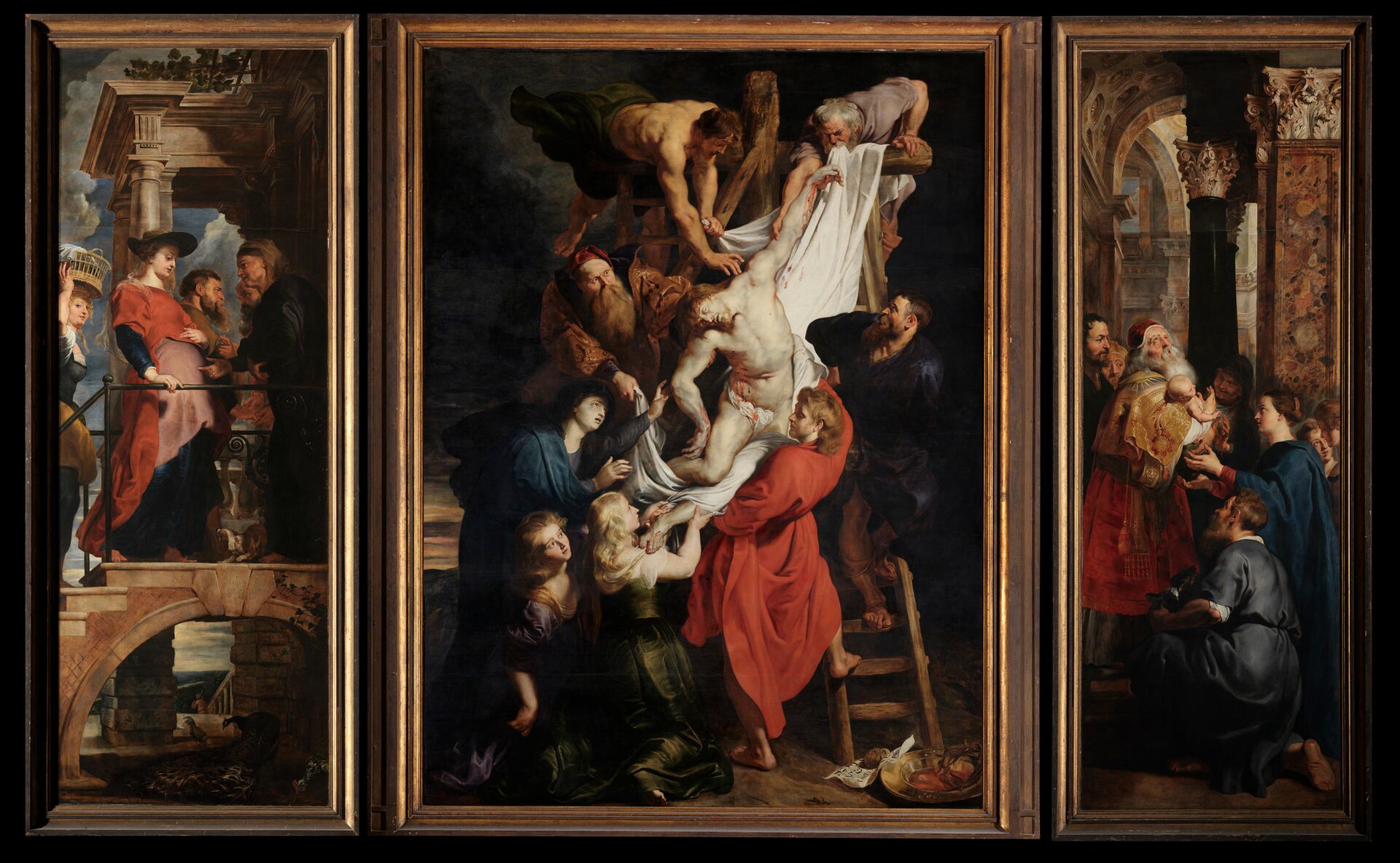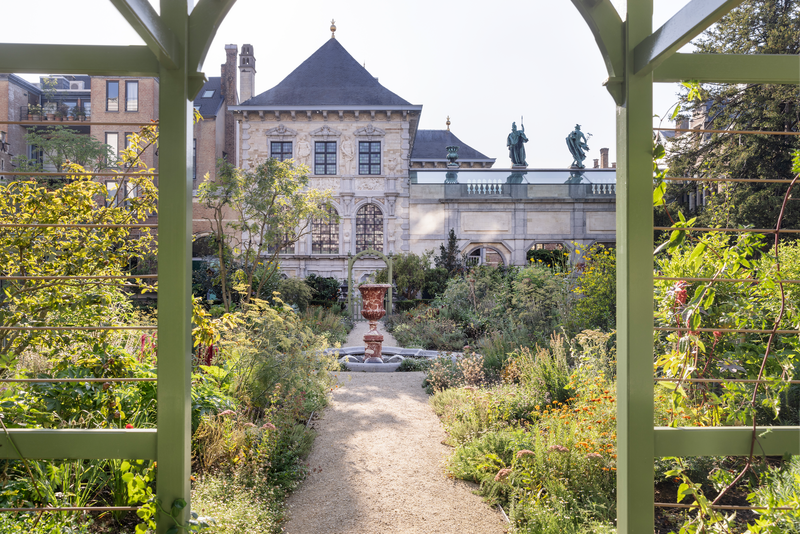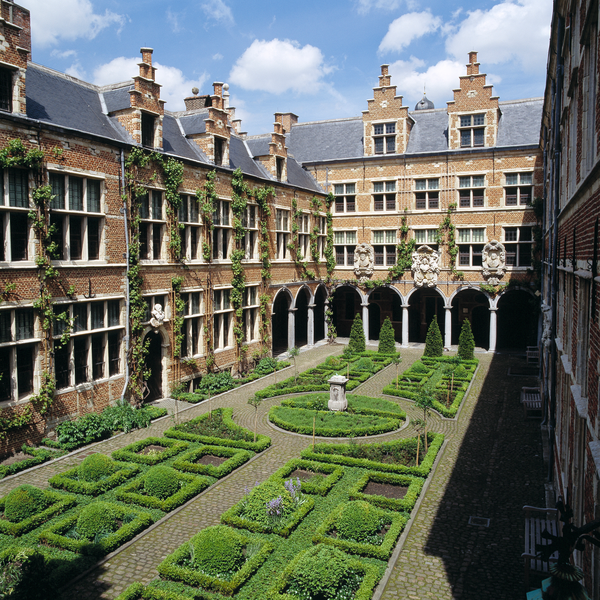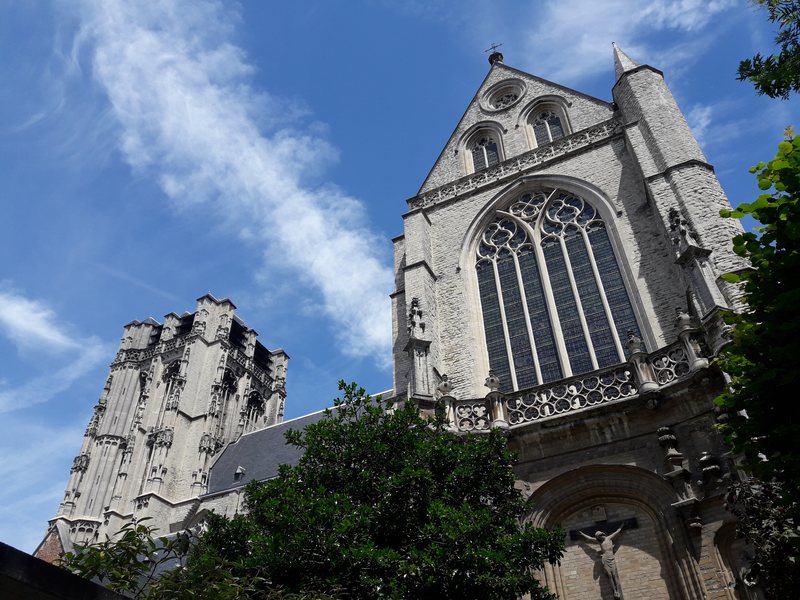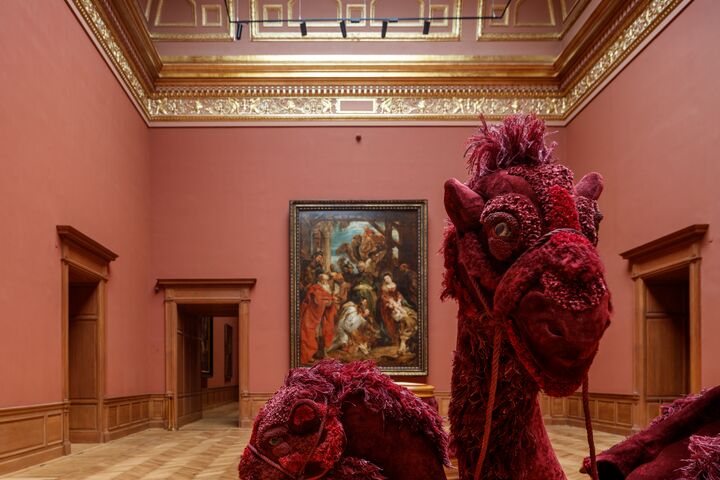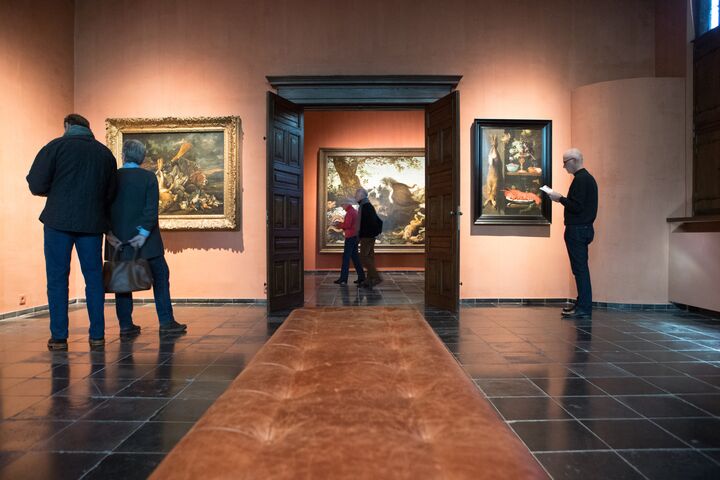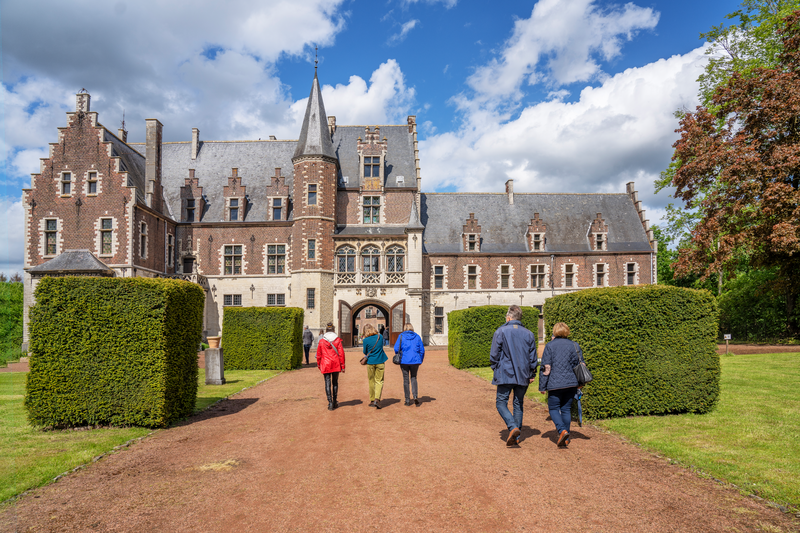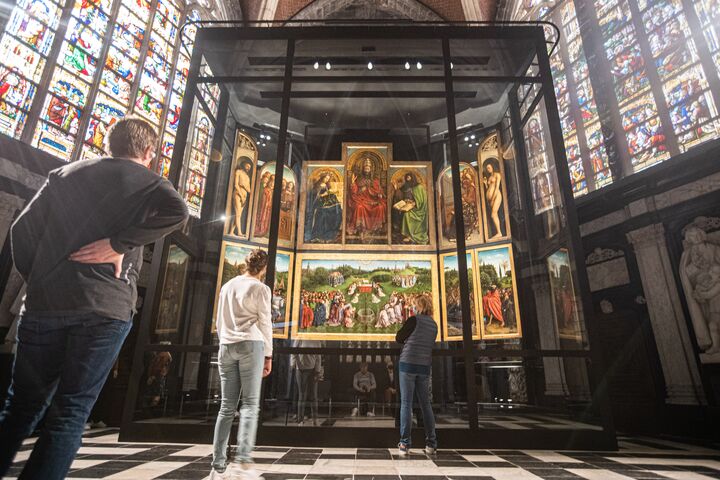Artist, marketer, scientist, diplomat and family man. Rubens was an extraordinary talent, but also an ordinary man. He loved life. Sometimes quiet, sometimes very exuberant. Often indulgent, yet sometimes modest.
The Flemish painter is one of the greatest figures in the history of art. As one of the most versatile and influential painters of all time, Rubens can be called the very first influencer. Without wifi, but with a network of engravers. They made prints of his paintings to promote them to a wider audience.
Rubens worked from a huge atelier: the Rubenshuis in Antwerp, the beating heart of his dynamic universe. Towards the end of his life, he often stayed at Rubens Castle in Elewijt, a magnificent example of Flemish Renaissance architecture.
Rubens also left an impressive legacy as a teacher, paving the way for talented artists such as Antony van Dyck and Lucas Faydherbe, the “Rubens in stone”.
Follow in the footsteps of Rubens on this tour through Antwerp, where the master lived and worked. Start your journey of discovery and meet an artist with extraordinary talent and boundless interests, but also just an ordinary man with a zest for life. In which Rubens do you recognise yourself?
Discover the Flemish Grand Master in these places
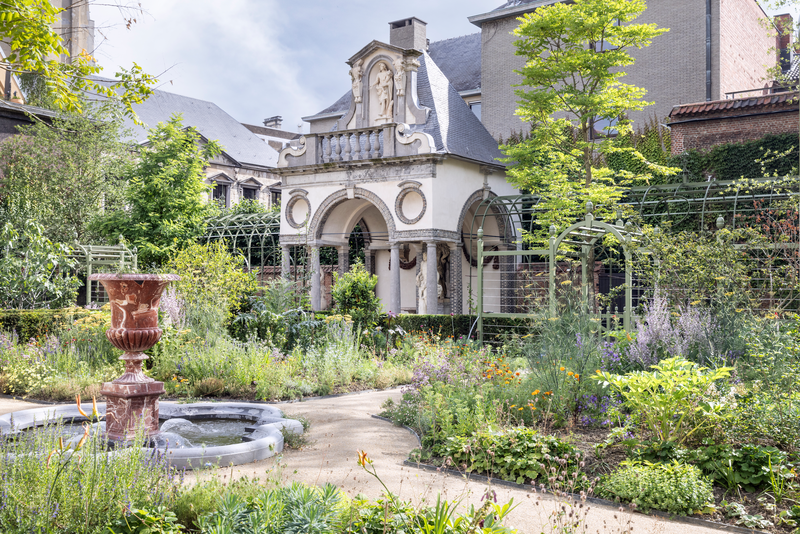
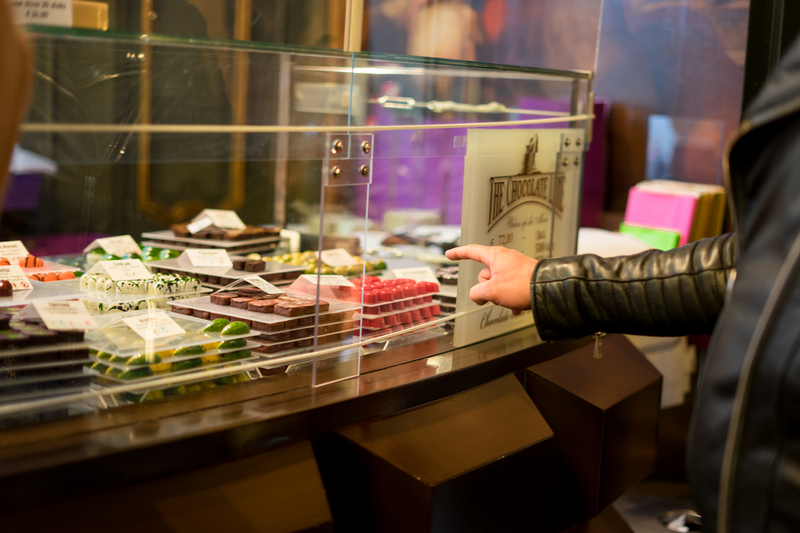
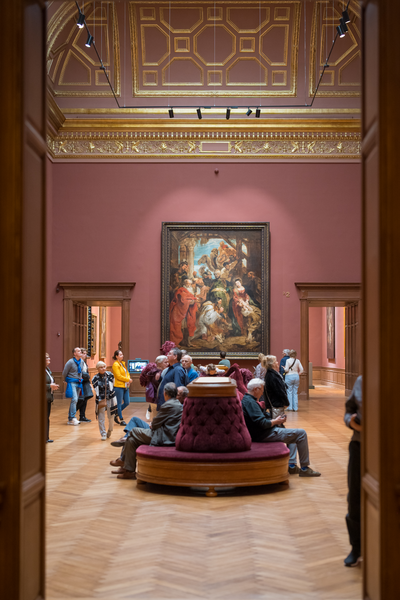
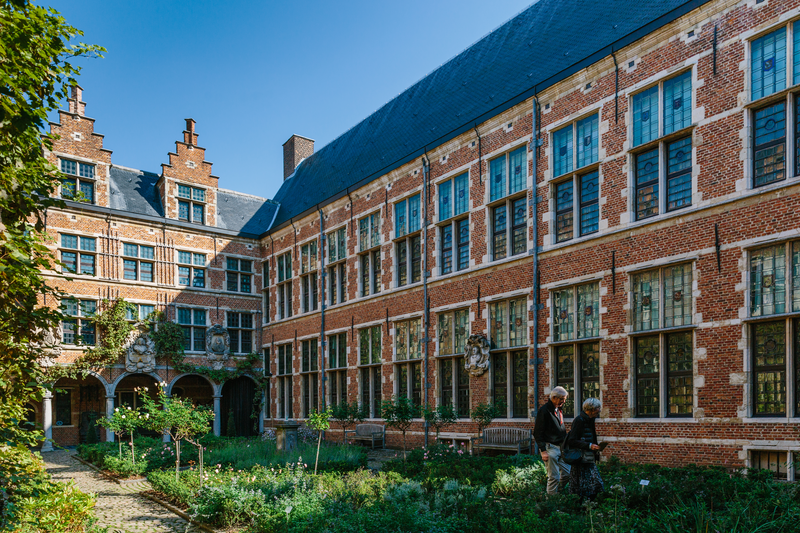
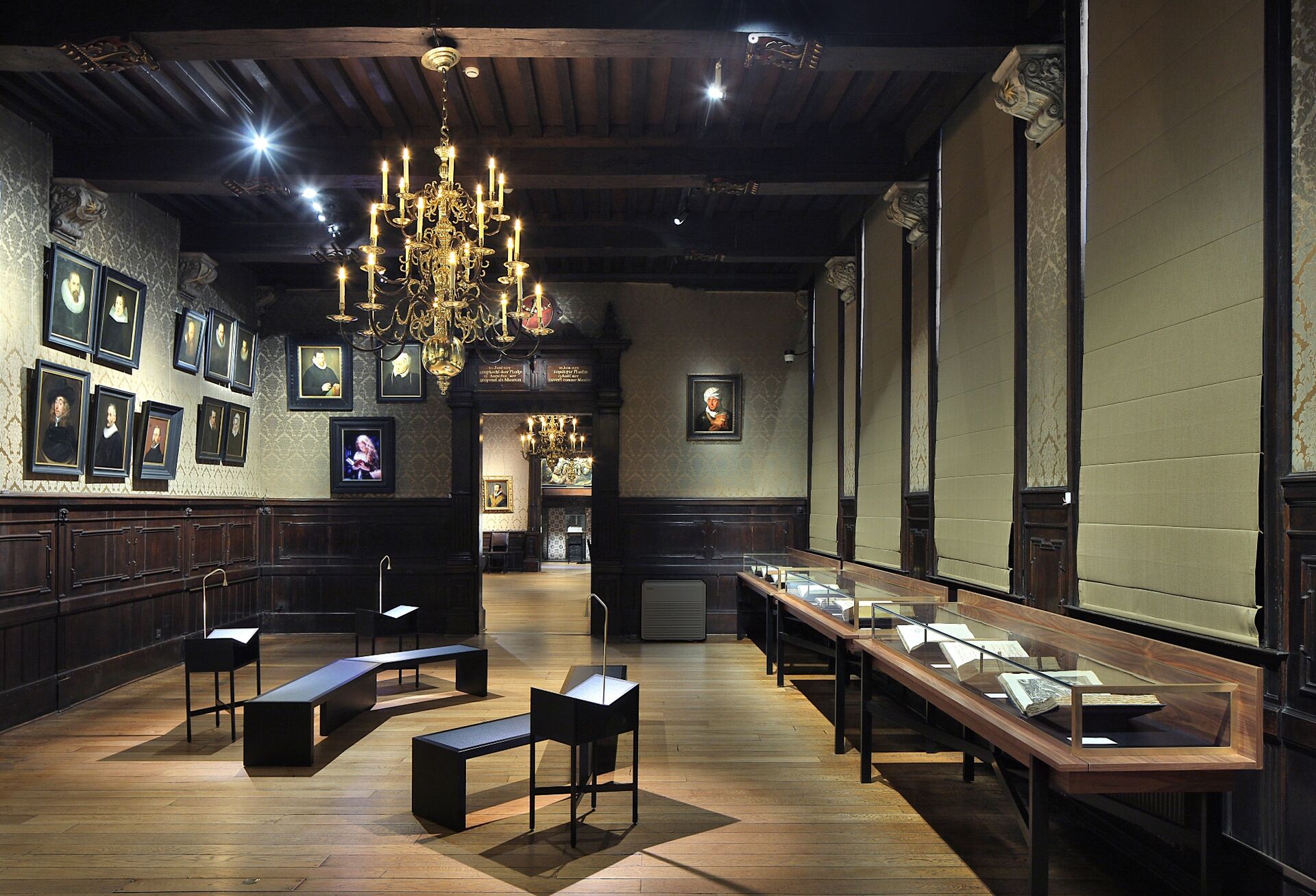
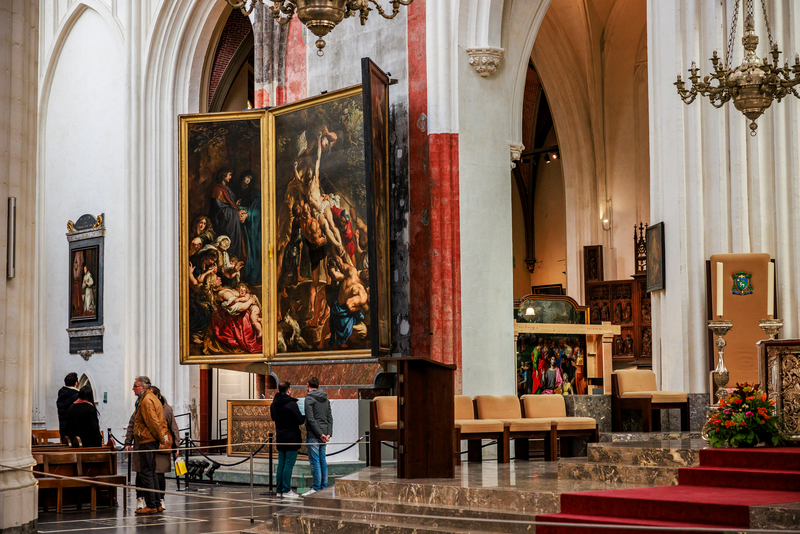
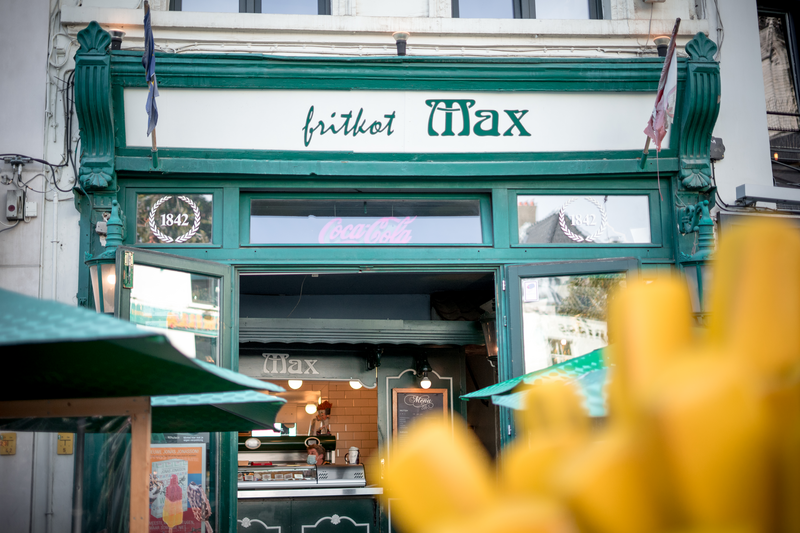
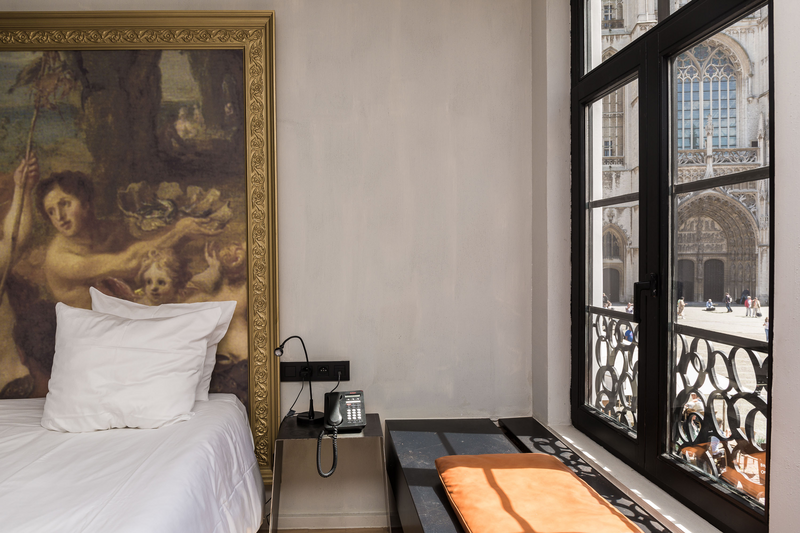
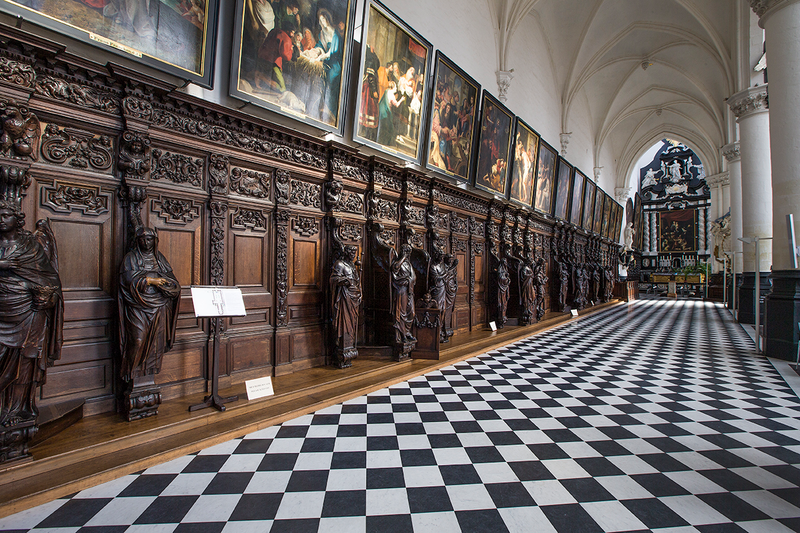
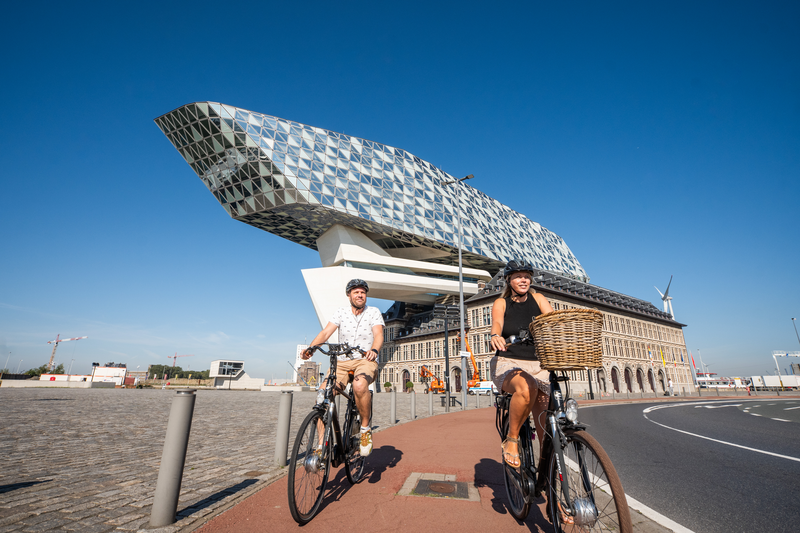

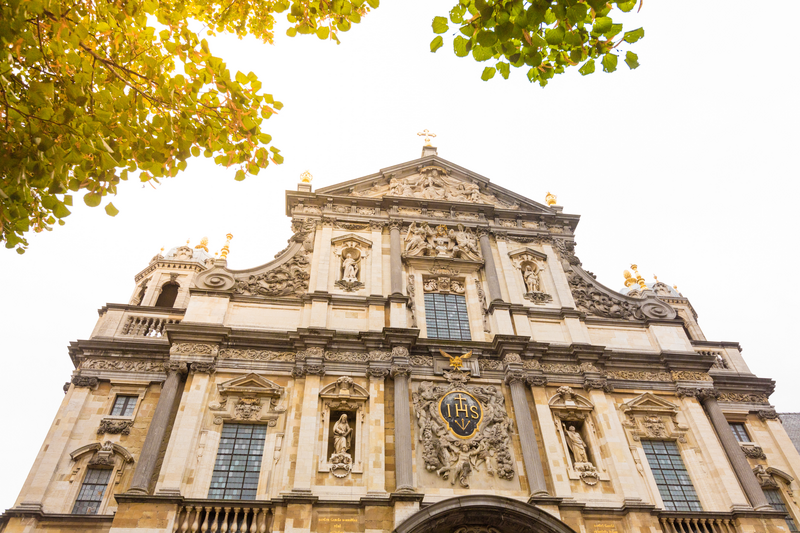
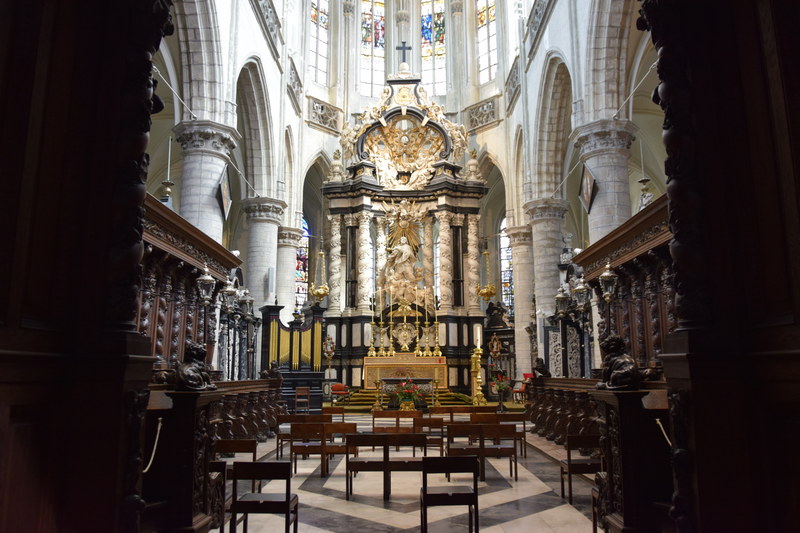
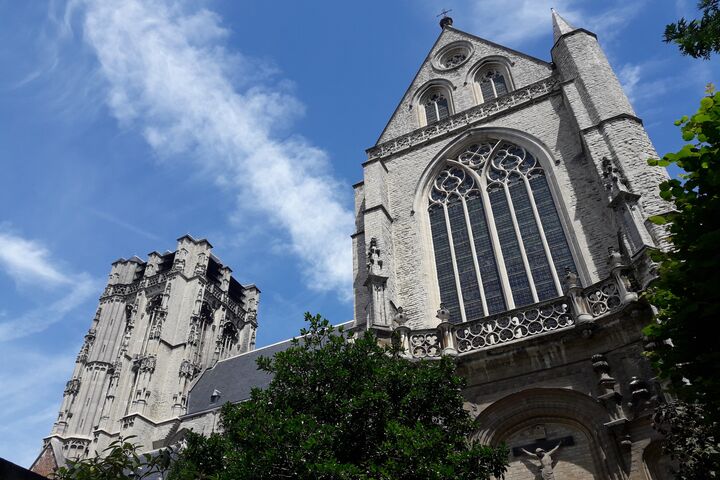
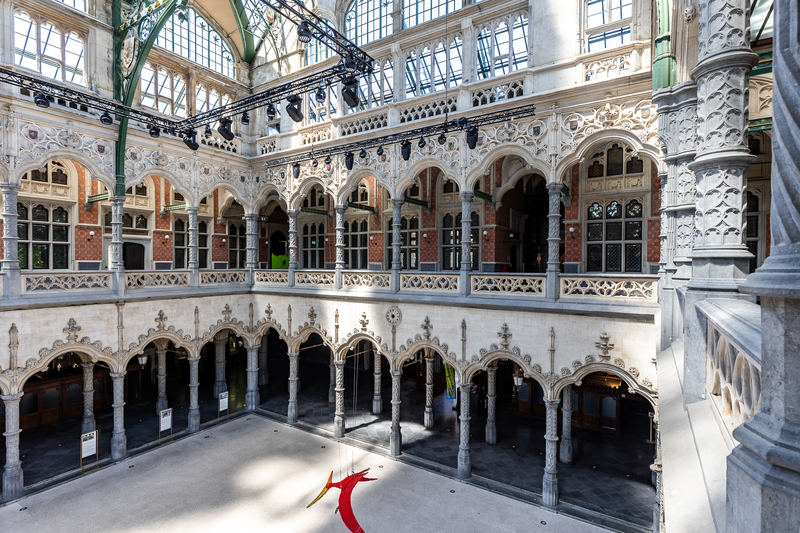
Even more inspiration for a fascinating programme
KMSKA
There are more works by Rubens in the Royal Museum of Fine Arts in Antwerp. The highlight is the gigantic altarpiece Enthroned Madonna Adored by Saints, which is currently being restored. The painting is so large that the meticulous work has to be done in the room itself. Studio Rubens - as the restoration is called - offers you a unique and extraordinary opportunity to follow this feat from the front row.
St Augustine Church
The gigantic Enthroned Madonna Adored by Saints originally hung in this St Augustine church. Now you find above all other Flemish Masters there. Thanks to sublime copies, you can get a taste of their works in the original place.
Snijders & Rockoxhuis
Nicolaas Rockox, mayor of the city and personal friend of Rubens, was the neighbour of Frans Snijders, painter of animals and still lifes, for 20 years. Their adjoining homes now form a wonderful museum: the Snijders & Rockox House. For this residence, Rubens created numerous works, which were gifted after the mayor’s death. Today, Christ on the cross and Mary in adoration before the sleeping Jesus child have returned, so you can admire these works in their original places.
St Anthony’s Church
With a small diversion, you reach St Anthony’s Church. This neo-Gothic parish church saw the light of day at the beginning of the 20th century in the university district, on the site of a former Capuchin convent. In front of the convent church, Rubens’ studio assistants painted Saint Francis of Assisi receiving the Christ Child from Mary. The work was taken to Paris in 1794 and did not return to Antwerp until 1815. You can also admire other masters - such as Erasmus II Quellinus, Jordaans and Van Dyck - in this church.
St Willibrord church
Are you a Rubens fan forever and a day? Then take the tram to St Willibrord Church, built between 1886 and 1891 in neo-Gothic style. Here you will find St Willibrord in veneration of Mary, Mother of God. Rubens painted this work for the parish in around 1631.
Rubens in situ outside Antwerp
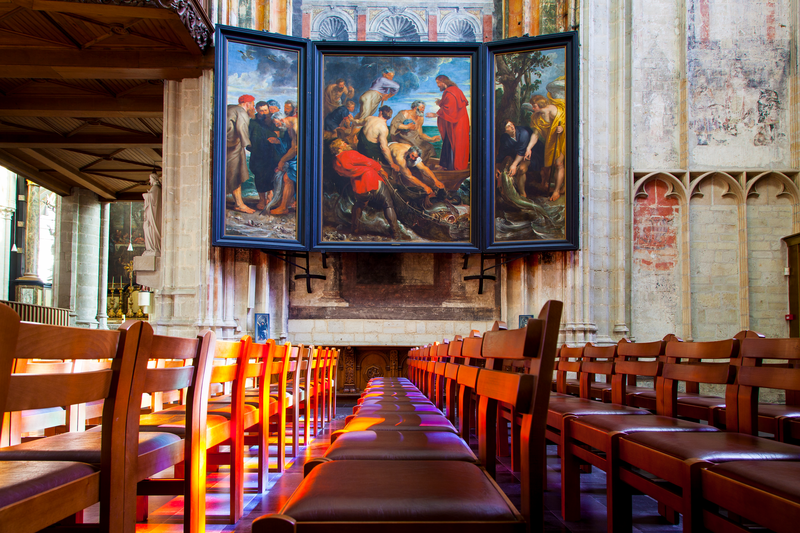
Somewhere between Mechelen and Brussels stands the idyllic Rubens Castle, the artist’s personal country retreat. This opulent retreat is currently being restored. But it is definitely worth visiting the estate and walking in Rubens’ footsteps.
Outside Brussels, you will find a second castle with a link to Rubens. The archive room of the beautiful Gaasbeek Castle exhibits his will and marriage contract. Be sure to stop by David Seghers’ masterpiece, who painted in the style of Rubens and Caravaggio.
